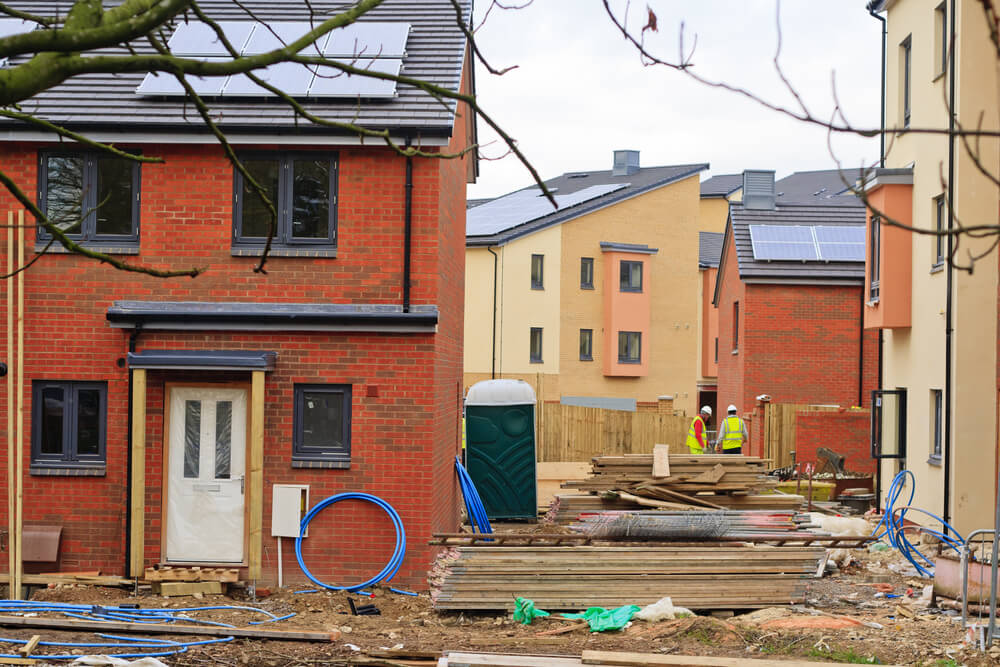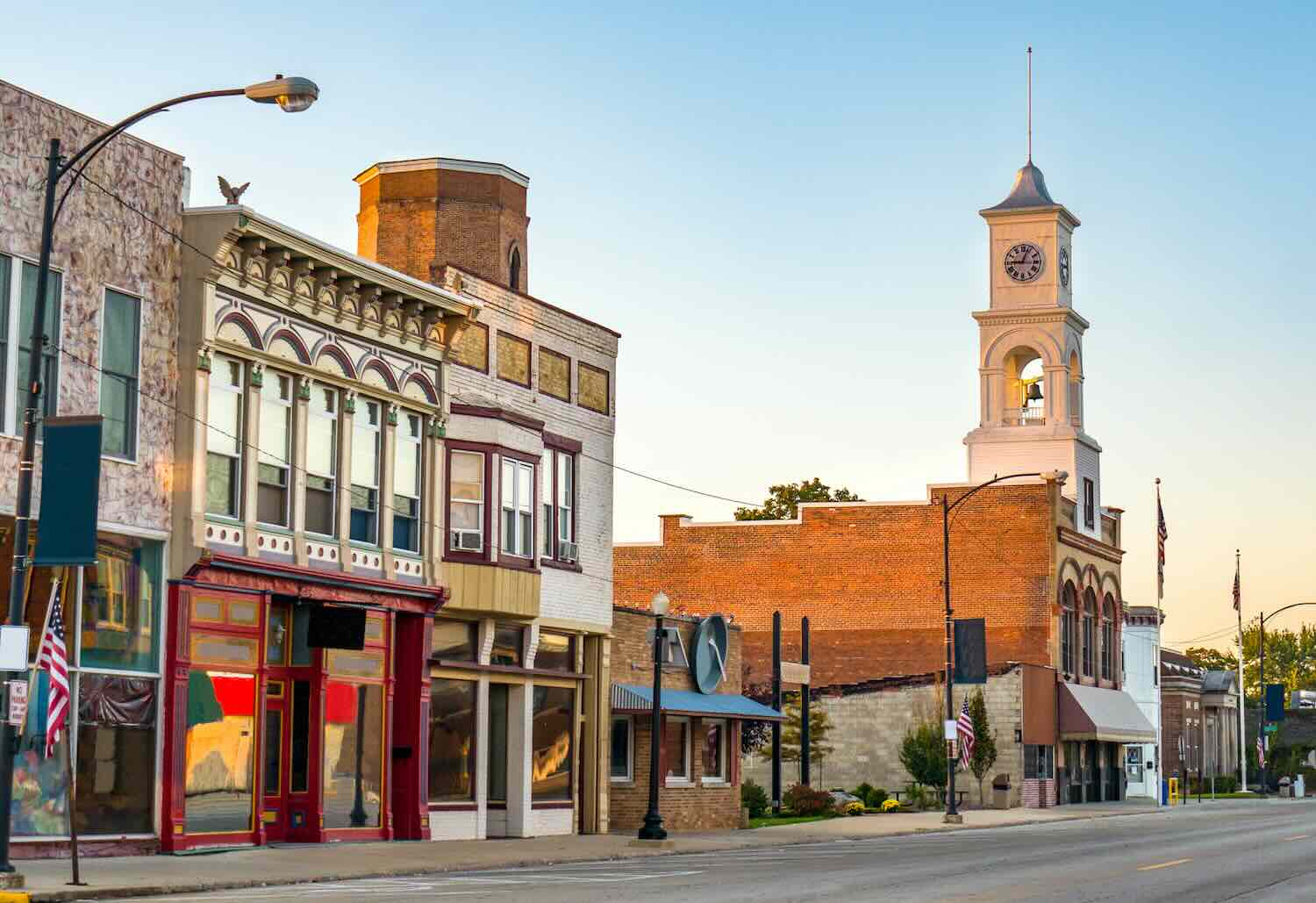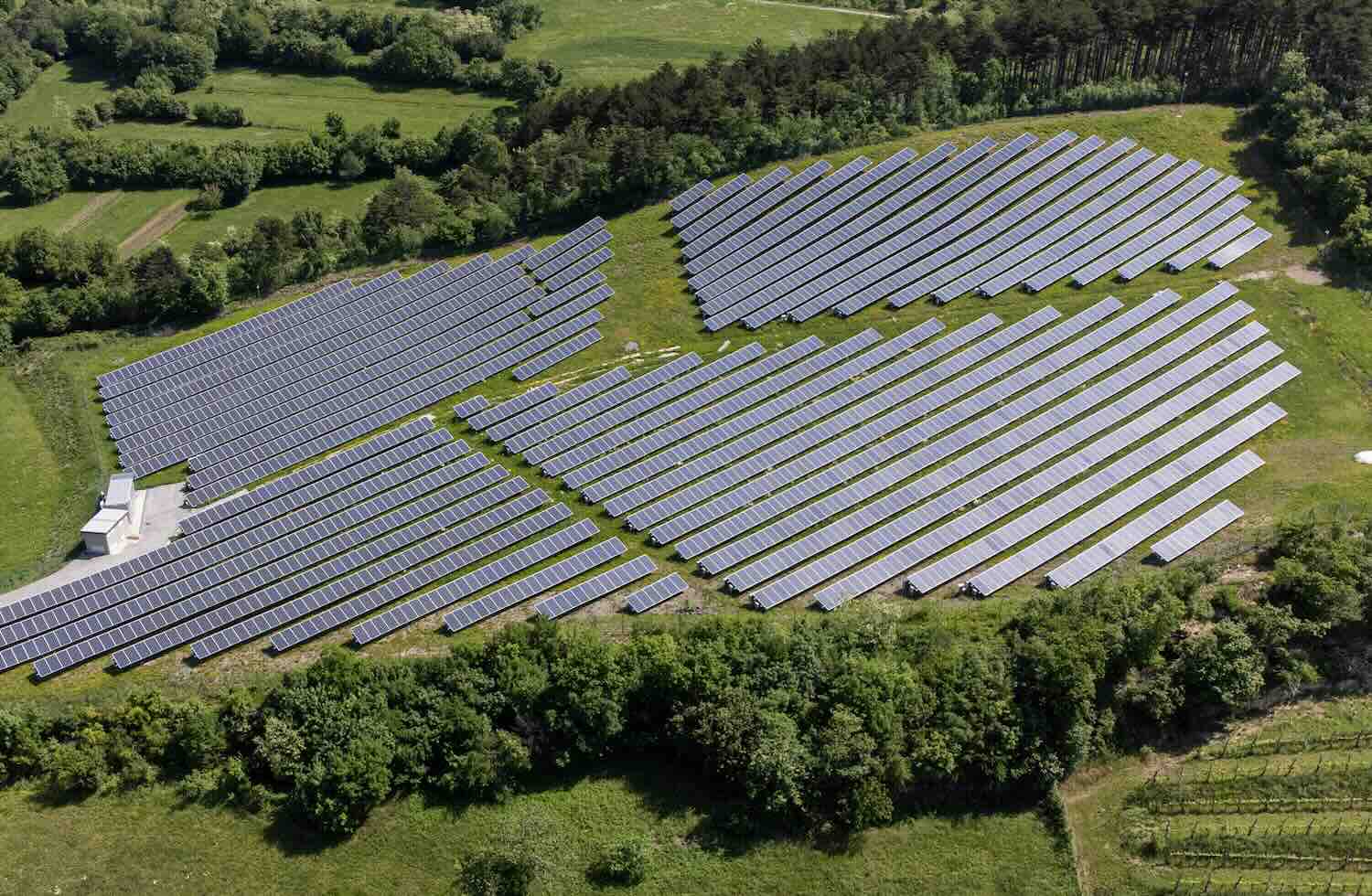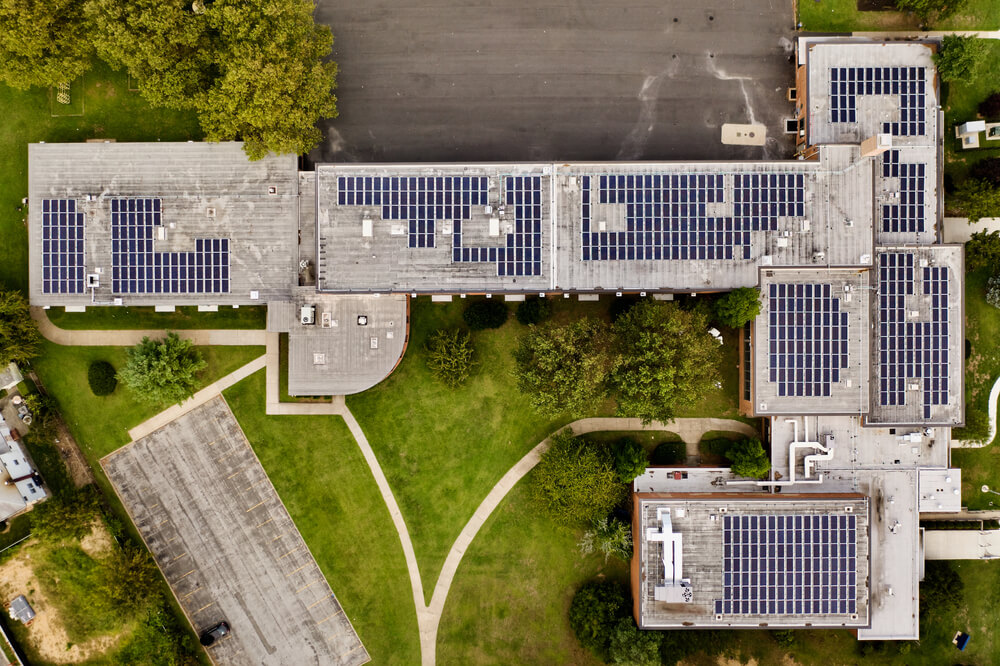The announcement of the winners of “green bank” funding under the Inflation Reduction Act is so close at hand that the Environmental Protection Agency has imposed a 48-hour press blackout.
But even if they’re not saying anything publicly, the lineup of nonprofit housing developers, state-level green banks, local community development financial institutions and other networks that are seeking mandates under the Greenhouse Gas Reduction Fund already know who they are.
The three coalitions that are widely expected to be chosen to manage part of the fund, the $14 billion National Clean Investment Fund, include Power Forward, Climate United and the Coalition for Green Capital. The coalitions each trumpeted their applications to the EPA last year but this week laid low or declined comment.
The coalitions include dozens of organizations through which the fund will infuse local lenders with capital for cost-saving and pollution-reducing projects. That mandate has been called a “green bank,” but by design it will be virtual, distributed and decentralized in structure and operations.
The architects of the local distribution network to finance the buildout of such community infrastructure include Shaun Donovan, former US secretary of Housing and Urban Development, who now leads Enterprise Community Partners. Former Obama administration aide Ari Matusiak leads Rewiring America, the consumer-focused “electrify everything” advocate. At Calvert Impact Capital, Jenn Pryce and Beth Bafford have helped mobilize billions to finance community needs (see our recent Agents of Impact Call). Reed Hundt, the former chairman of the Federal Communications commission and longtime champion of a national green bank, heads the Coalition for Green Capital.
Instead of the redlining that kept capital out of so many communities, the Greenhouse Gas Reduction Fund can catalyze a new wave of “greenlining,” says Dream.org’s Jessica Buendia. The nonprofit, founded by Van Jones, helped the Coalition for Green Capital, as well as the EPA, embed climate equity in the green bank plans.
Another $6 billion will be distributed under the Clean Communities Investment Accelerator for a half-dozen nonprofit “hubs” to provide technical assistance to help community lenders in low-income and disadvantaged areas finance and deploy clean technology projects. An additional $7 billion in grants is expected to be distributed next month under the Solar for All program to states, territories, tribal governments, municipalities and nonprofits to speed adoption of solar energy in low-income and disadvantaged communities.
The infusion of up to $27 billion is expected to change not only the speed of the low-carbon transition, but access to capital in low- and moderate income communities and others that have borne the brunt of environmental pollution across the country. Access to financing in such communities is aimed at invigorating a pipeline of projects including solar + storage installations, EV chargers, energy retrofits and new green buildings. At least 40% of the capital must flow into low-income and disadvantaged communities.
“We’re committed to ensuring that this once-in-a generation investment from the federal government reaches its potential to bring the benefits of the low-carbon transition to households and communities that have largely failed to see real benefits to date,” Martin Eakes of Durham, NC-based Self-Help said when Climate United formed last June.
Powerhouse
Power Forward assembled a Who’s Who of affordable and green housing specialists, including community development financial institutions Enterprise Community Partners and Local Initiatives Support Corp. or LISC. The coalition also includes the nonprofits United Way and Habitat for Humanity International, along with Rewiring America, which last year enlisted former Georgia gubernatorial candidate Stacey Abrams as general counsel.
The head of Rewiring America, Ari Matusiak, also heads the social impact incubator Purpose Venture Group. He earlier led strategy at Renovate America, one of the largest financing platforms for residential renewable energy in the U.S., which has backed $3.5 billion of improvements across 150,000 homes.
The coalition pitched a “community-driven, national-scale housing decarbonization program” that would electrify and weatherize single and multi-family homes, install solar panels and EV charging infrastructure, and help communities prepare for increased flooding, storms, heatwaves and other climate-driven weather extremes. It would also enable consumers to pool their purchasing power for savings on green appliances. The group said more than 80% of its financial assistance will go to low income and disadvantaged communities.
“We’re looking at affordable housing built with green energy, thinking about the intersection between low-income housing tax credits and the opportunity to really address affordable housing built with green in mind,” LISC’s Michael Pugh told ImpactAlpha in January (see “Navigating legal challenges to community development finance”). Pugh, who previously led Carver Federal Savings Bank, took the helm of LISC last year.
Green banks, unite
Green banks, typically set up by states or other government agencies, have for years helped facilitate green loans. The Coalition for Green Capital, founded by former FCC chief Reed Hundt, has for a decade advocated for a national-scale green bank.
Instead of a single national bank, the National Clean Investment Fund instead will create a distributed green bank. The Coalition for Green Capital proposed to manage $10 billion through the new American Green Bank Coalition. The coalition includes state-level green banks including Connecticut Green Bank, the California Infrastructure Bank, the New York Green Bank, and the Minnesota Climate Innovation Finance Authority.
Another coalition partner, Elemental Excelerator, last year received $1 million from the Rockefeller Foundation to demonstrate how philanthropic capital can unlock 10x the amount in follow-on funding from green banks and community lenders, and prepare startups to tap federal climate resilience funds.
Other members include Florida-based Solar and Energy Loan Fund, which is offering its green home loan products and backoffice technology, as well as technical assistance and capital, to other local lenders so they participate in the historic deployment of climate funds.
“They can literally plug into our financial technology platform that we’ve invested heavily in,” SELF’s Doug Coward said on ImpactAlpha’s recent Agents of Impact Call. The goal: “Fast-track climate equity lending, and fill those voids that exist in large areas of the country.”
Low-carbon buildings
Climate United applied for a grant up to the full $14 billion offered under the NCIF program.
The coalition’s proposal spans consumer, multi-family housing, community infrastructure, small businesses, schools, and EV charging applications. The coalition is looking to tap private capital markets, such as the mortgage market for green home loans and the muni bond market to support energy retrofits for K-12 schools.
The goal is to leverage, eventually, the billions in the Greenhouse Gas Reduction Fund into the trillions needed for the full buildout of green infrastructure. Climate United is working with the Vermont Bond Bank to design a model that uses GGRF funds as a junior layer of capital for municipal bonds to encourage decarbonization for school buildings.
“While $27 billion is a lot of money, it’s not nearly enough to decarbonize every K-12 school building in the country,” Bafford said on The Call.
The coalition also includes Self-Help, the credit union and community development financial institution, and the Community Preservation Corp., which finances multifamily affordable housing. Among its dozens of community lending partners are the Reinvestment Fund, Beneficial State Bank, and TruFund Financial Services.
“We see enormous potential to leverage this program to transform the multifamily mortgage markets to decarbonize the existing and to-be-built housing stock, especially in small buildings and affordable housing in low-income and underserved communities,” Community Preservation Corp.’s Sadie McKeown said in October.











